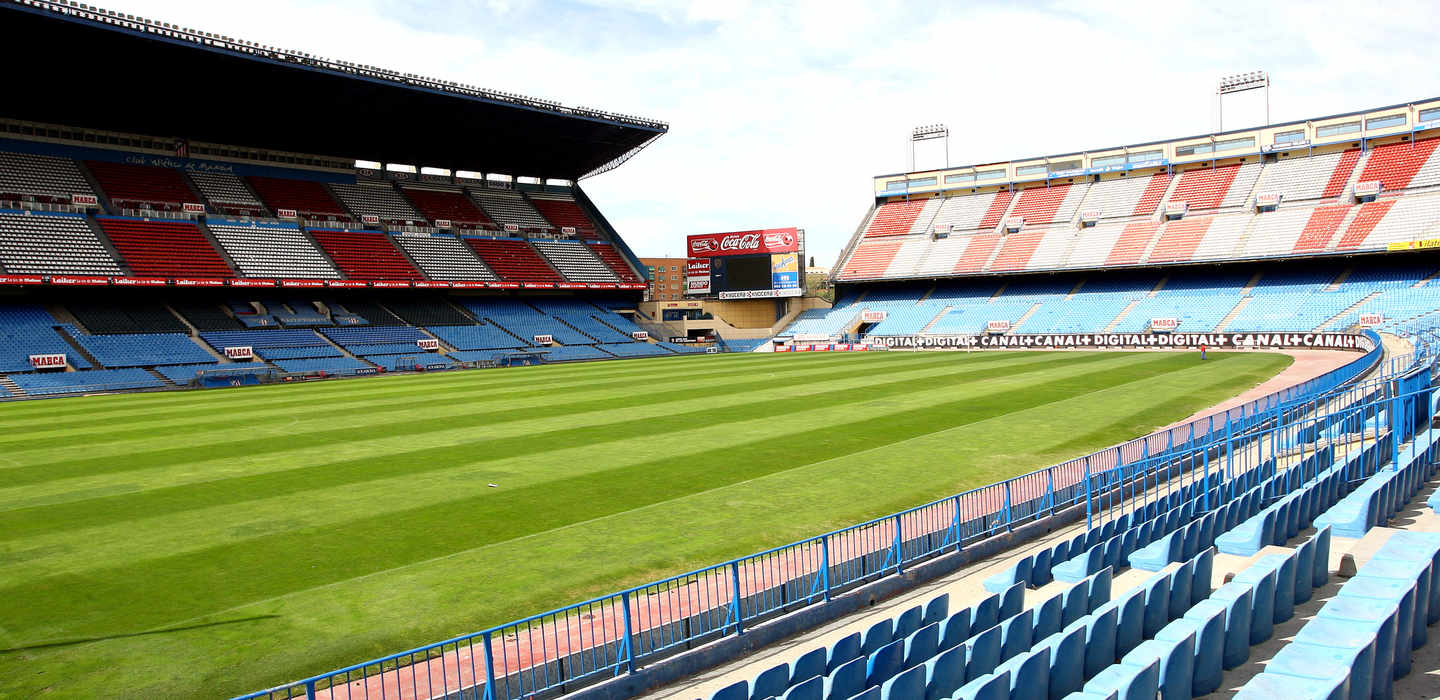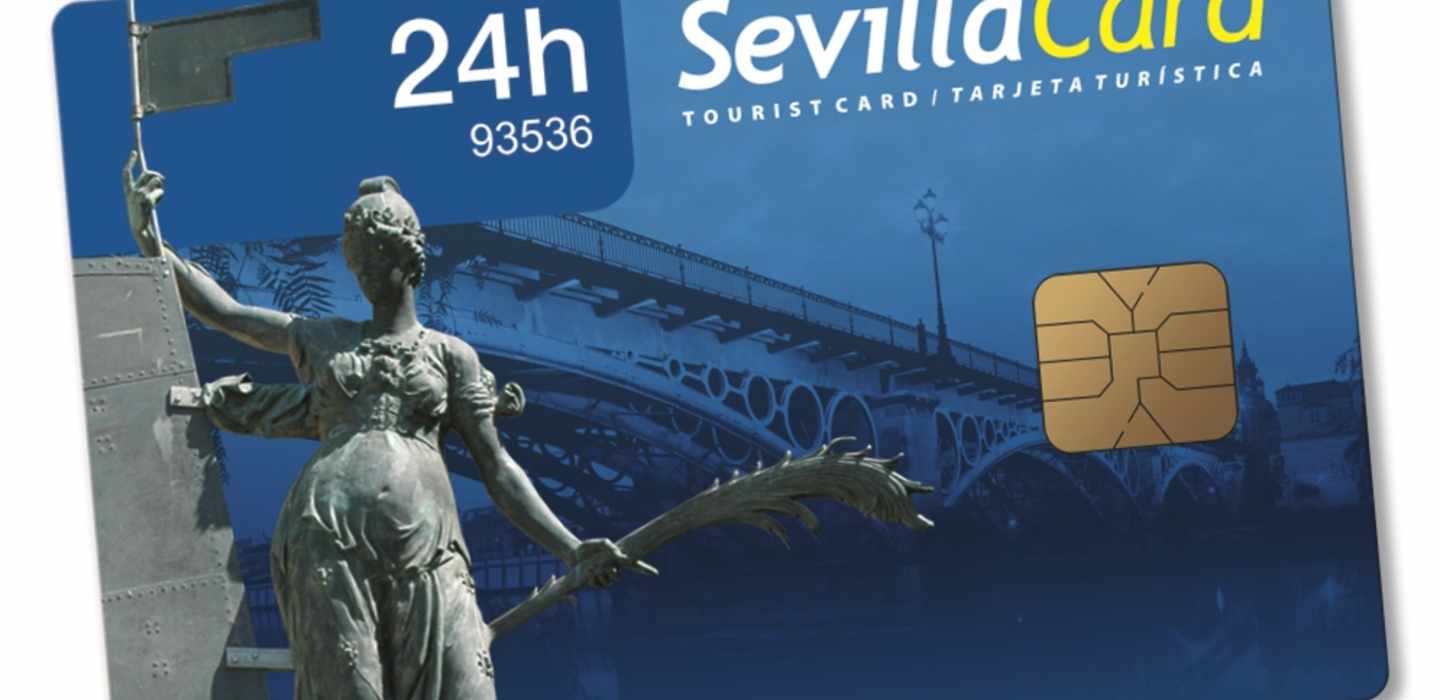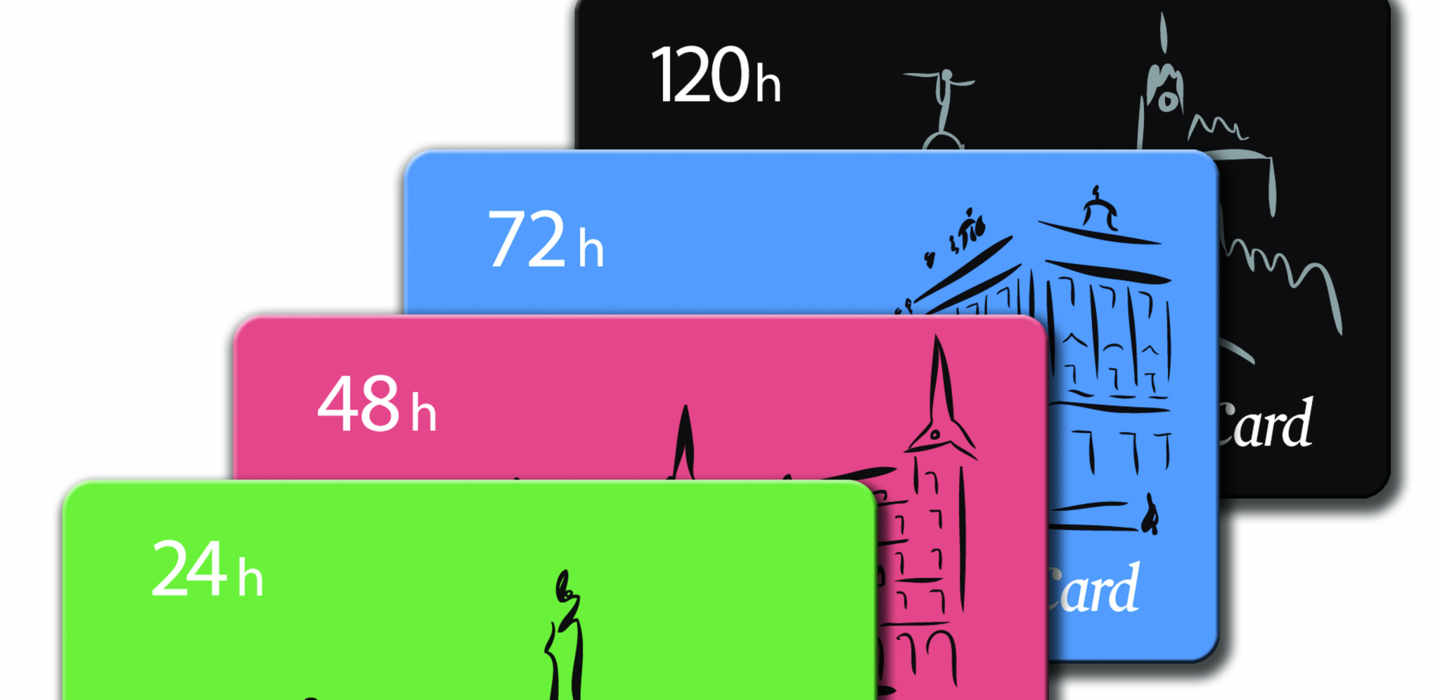A Comprehensive Travel Guide: Barcelona, Girona, and Figueres Circuit
This guide details a classic circuit through the heart of Catalonia, starting and ending in the vibrant metropolis of Barcelona, with enriching detours to the medieval charm of Girona and the surreal world of Figueres. The journey encapsulates the diverse essence of the region: world-renowned architecture, profound history, culinary excellence, and breathtaking art.
Part 1: Barcelona - The Catalan Capital
Barcelona is a city of boundless energy, where Gothic alleyways open onto bustling boulevards, and Antoni Gaudí's architectural masterpieces define the skyline. It's a city that lives outdoors, from its Mediterranean beaches to its vibrant plazas.
Key Attractions in Barcelona
La Sagrada Família: Gaudí's unfinished magnum opus is more than a church; it's a symbol of Barcelona. The Nativity Façade is a detailed, organic sculpture, while the interior resembles a stone forest, with columns branching out to support the ceiling. Light pours through the stained-glass windows, creating a kaleidoscope of color. Practical Tip: Book tickets online weeks in advance for a specific time slot to avoid immense queues. An audio guide or guided tour is highly recommended to understand the symbolism.
Park Güell: Originally conceived as a housing estate, this park is a public garden showcasing Gaudí's playful and colorful style. The famous mosaic salamander (El Drac), the serpentine bench, and the columned hall are highlights. The view from the top over Barcelona is spectacular. Insight: The Monumental Zone requires a paid ticket. The free area of the park is extensive and also offers lovely views and architectural elements.
Gothic Quarter (Barri Gòtic): This is the historic heart of the city, a maze of narrow streets and hidden plazas dating back to Roman and Medieval times. Key sites include the Barcelona Cathedral, the Plaça del Rei, and the remnants of the Roman walls.
Las Ramblas: A 1.2-kilometer tree-lined pedestrian street buzzing with activity. It's a spectacle of street performers, flower stalls, and news kiosks. Practical Tip: Be extremely vigilant for pickpockets here; keep valuables secure and bags zipped.
Casa Batlló & La Pedrera: Two of Gaudí's most famous modernist buildings on the Passeig de Gràcia. Casa Batlló, with its skeletal organic facade, and La Pedrera, with its wave-like stone front and surreal rooftop chimney park, are both worth visiting.
Montjuïc: This hill offers numerous attractions, including the Magic Fountain light show, the National Art Museum of Catalonia (MNAC), and the Poble Espanyol, an open-air architectural museum.
Food & Drink in Barcelona
Catalan cuisine is a highlight. Don't miss these experiences:
Tapas: Sample small plates like patatas bravas (spicy potatoes), pimientos de padrón (blistered peppers), and jamón ibérico (cured ham). Head to the El Born or Gràcia neighborhoods for authentic tapas bars.
Paella: While originally from Valencia, it's widely available. Seek out restaurants that cook it to order (which takes about 20-30 minutes) for the best quality.
Seafood: Enjoy fresh seafood at La Barceloneta, the city's beachfront neighborhood. Try fideuà, a paella-like dish made with noodles instead of rice.
Markets: Visit the iconic La Boqueria Market off Las Ramblas for a sensory overload, or explore the less-touristy Santa Caterina Market for a more local feel.
Cava: Catalonia's answer to champagne. Enjoy a glass at a traditional xampanyeria.
Transportation in Barcelona
The city has an excellent public transport system. The T-casual card (formerly T-10) offers 10 journeys on metro, buses, and trams at a discounted rate. The metro is efficient for covering long distances, while walking is the best way to explore the dense city center.
Part 2: Girona - The Medieval Jewel
A short train ride north of Barcelona, Girona feels like a step back in time. Its impeccably preserved old town, perched on a hill overlooking the Onyar River, is a tapestry of medieval history, with a fascinating Jewish heritage and a stunning cathedral.
Key Attractions in Girona
Girona Cathedral: Reached by climbing a majestic 86-step staircase, the cathedral boasts the widest Gothic nave in the world. The attached Treasury Museum houses the famous Creation Tapestry, a unique Romanesque embroidery.
The Jewish Quarter (El Call): One of the best-preserved Jewish quarters in Europe. Its labyrinthine cobblestone streets, stone arches, and steep stairways are atmospheric and hauntingly beautiful. The Museum of Jewish History provides deep context.
The Onyar Houses: The iconic view of Girona features brightly painted houses lining the Onyar River, with the cathedral looming in the background. The Eiffel Bridge (Pont de les Peixateries Velles), designed by Gustave Eiffel's company, offers the perfect photo spot.
The City Walls (Passeig de la Muralla): Walk along the ancient Carolingian and medieval walls for breathtaking panoramic views of the city and the surrounding countryside.
Food & Culture in Girona
Girona is a culinary powerhouse. It's home to El Celler de Can Roca, repeatedly voted the world's best restaurant. While securing a table there is a feat, the city's overall food scene is exceptional.
Local Cuisine: Try xuixo, a cylindrical pastry filled with crema catalana, from any local pastry shop. For a savory meal, look for restaurants serving traditional Catalan dishes like escudella i carn d'olla (a hearty meat and vegetable stew).
Cultural Insight: Girona's history is marked by its diverse communities—Romans, Moors, Jews, and Christians—all of whom have left their mark on the city's architecture and culture. This blend is palpable as you walk from the Arab Baths to the Cathedral.
Getting to Girona from Barcelona
The high-speed AVE train from Barcelona Sants station takes about 38 minutes. Regional trains are cheaper but take around 1 hour and 20 minutes. The train station in Girona is a pleasant 15-20 minute walk from the old town.
Part 3: Figueres - The Surrealist Dream
The primary reason to visit Figueres is to experience the Teatre-Museu Dalí, a monument to the life and work of Salvador Dalí, born here in 1904. The museum itself is a surrealist artwork, designed by Dalí to be a total theatrical experience.
The Dalí Theatre-Museum
Housed in a former theatre, the building is topped with giant eggs and adorned with golden statues. Inside, there is no traditional route; visitors are encouraged to wander and be surprised. Key works include:
Mae West Room: A room that transforms into the face of the actress when viewed from a specific point.
Rainy Cadillac: A sculpture featuring a car with indoor rain.
The Palace of the Wind ceiling fresco: A magnificent painting that dominates the main hall.
Dalí's Tomb: He is buried in the crypt beneath the stage.
Practical Tip: Book tickets online to skip the line, especially during peak season. Allow at least 2-3 hours for your visit. The experience is overwhelming and best taken slowly.
Other Attractions in Figueres
While dominated by Dalí, Figueres has other points of interest, including the Sant Ferran Castle, one of the largest fortresses in Europe, located just outside the town center.
Getting to Figueres from Girona
Frequent trains connect Girona to Figueres. The journey takes about 30-40 minutes on a regional train. The train station in Figueres is approximately a 15-minute walk from the Dalí Museum.
The Return: Figueres to Barcelona
From Figueres, you can take a direct train back to Barcelona Sants station. The high-speed AVE takes about 55 minutes, while regional services take around 1 hour and 50 minutes. This is a straightforward journey, allowing you to relax and reflect on the artistic and historical wonders you've encountered.
Practical Travel Tips & Itinerary Suggestions
Sample 5-Day Itinerary
Day 1: Arrive in Barcelona. Explore the Gothic Quarter and stroll down Las Ramblas. Evening tapas in El Born.
Day 2: Morning at Park Güell. Afternoon dedicated to La Sagrada Família (book in advance). Evening watching the Magic Fountain show at Montjuïc.
Day 3: Take a morning train to Girona (38 mins). Spend the day exploring the Cathedral, Jewish Quarter, and city walls. Overnight in Girona to experience its evening ambiance.
Day 4: Morning train from Girona to Figueres (30-40 mins). Immerse yourself in the Dalí Theatre-Museum for 3-4 hours. Take an afternoon/evening train back to Barcelona.
Day 5: Visit Casa Batlló or La Pedrera, relax at Barceloneta beach, and do some last-minute shopping before departure.
General Advice
Best Time to Visit: Spring (April-June) and Autumn (September-October) offer pleasant temperatures and fewer crowds. July and August can be very hot and crowded.
Accommodation: Base yourself in Barcelona for the entire trip for simplicity. However, staying one night in Girona allows for a more relaxed pace and a feel for the city after day-trippers leave.
Language: Catalan and Spanish are both official languages. Learning basic phrases in either ("Hola", "Gràcies/Merci", "Si us plau/Per favor") is appreciated.
Cuisine Timings: Lunch is typically from 1:30-4 PM, and dinner starts late, rarely before 8:30 or 9 PM. Adjust your schedule accordingly.
Siesta & Sundays: Many smaller shops close in the afternoon (approx. 2-5 PM) and may be closed all day Sunday or Monday.
Tickets: For major attractions like Sagrada Família, Park Güell Monumental Zone, and the Dalí Museum, pre-booking online is not just a suggestion; it's essential to guarantee entry.
This circuit through Barcelona, Girona, and Figueres provides a profound understanding of Catalonia's soul—a region proud of its distinct identity, its groundbreaking art, and its deep, layered history. It's a journey that engages all the senses and leaves a lasting impression.



